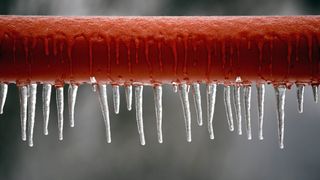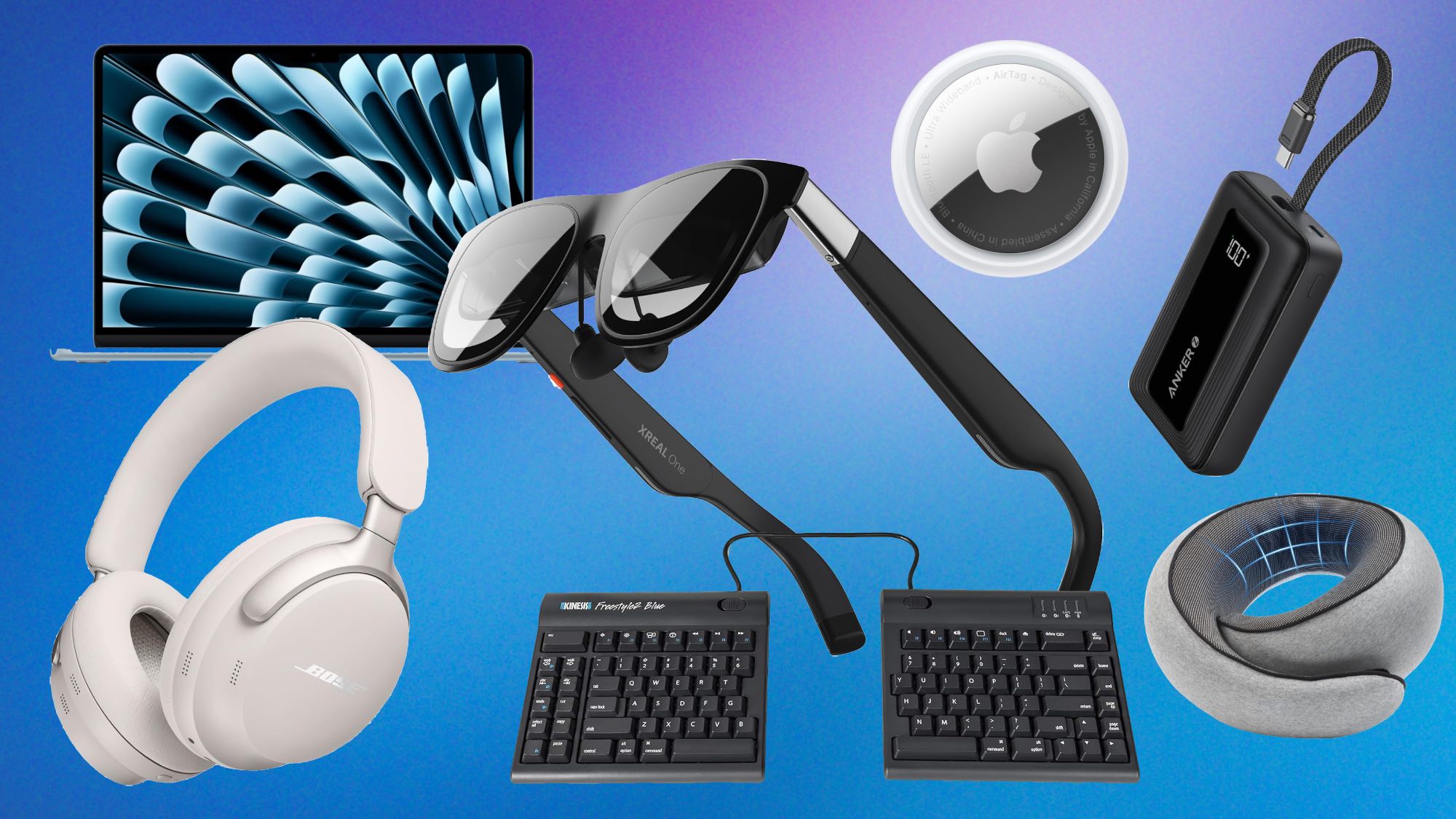Home
Explore Home
Latest about Home

Guests always tell me my home smells amazing, and it's thanks to these 7 daily tricks
By Annie Collyer published
Guests on their way? These are the 7 failsafe hacks to make your home smell good in seconds

7 security steps to prepare your home before you leave your for the holidays
By Amber Bouman published
Take these seven security steps before you head out for the holidays to ensure your home is protected while you're gone.

Your garage door is wasting energy and driving up your heating bill — here's how to fix it
By Kaycee Hill published
Learn how to draft-proof your garage in four steps to reduce energy bills and prevent cold air from entering your home.

I just awarded my first 5-star rating to an espresso machine — here's what makes the Breville Bambino a perfect product
By Erin Bashford published
I test a lot of espresso machines, but none are as high-value and impressive as the small-but-mighty Breville Bambino.

I turned my house into the ultimate Christmas smart home — here's how to do it (and the gadgets to get)
By Anthony Spadafora published
With a tree in every room and lights on every eave, holiday decorating was something I’d dread until I let my smart home do the heavy lifting.

Pest expert warns of 'death spiral’ ladybugs invading our homes this winter — here’s what to look out for
By Cynthia Lawrence published
Pest expert warns of a ‘death spiral’ ladybug invasion that can cause havoc for homeowners. Here’s what you need to know.

I literally just got a Roomba — will it still work now iRobot's gone bankrupt?
By Annie Collyer published
iRobot owner? Here's where you stand after the company announced its bankruptcy — and if your vac will still work

I tried this clever hack that makes sweeping up hair easier — and you just need this kitchen staple
By Cynthia Lawrence published
This clever hack makes sweeping up hair and dust so much easier — and all you need is plastic wrap.
Here at Tom’s Guide our expert editors are committed to bringing you the best news, reviews and guides to help you stay informed and ahead of the curve!


